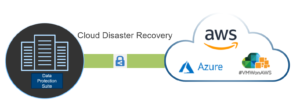DellEMC PowerProtect Data Manager for Cloud DR with AWS Cloud Part 2 – Protection.
In part 1 of blog series, I covered how to deploy Cloud DR using PowerProtect Data Manager (PPDM) for AWS Cloud.
In this part 2 of blog series, I will cover how to create a PPDM protection policy meant for Cloud DR. It will use AWS S3 bucket as a Cloud Target.
Protection policies define sets of objectives that apply to specific time periods. These objectives drive the configuration, active protection, and copy-data management operations. You define the purpose of the policy, the assets that need to be protected, and the backup schedule. Cloud DR supports only Virtual Machine policy type.
Let’s create a Protection Policy for Protection in Cloud.
We will login to PPDM to define the Policy.

Select ‘Protection’ and then click ‘Protection Policies’.
Click on ‘Add’ protection policy.
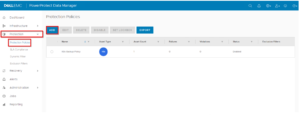
Select Protection Policy Type. e.g. ‘Virtual Machines’
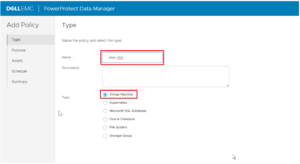
On the Purpose page, select ‘Crash Consistent’. Currently Crash Consistent is only supported option for Cloud DR.

Select necessary Virtual Machines as Assets for the Protection Policy.
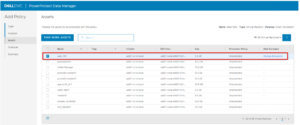
Click ‘+Backup’ to add the Schedule.

Specify the necessary Schedule options as per your requirement. I have selected 3 days for retention.
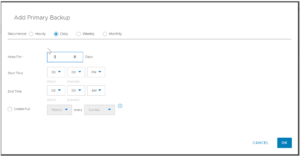
Select the checkbox next to the ‘Primary Backup Schedule’ that we just created and click ‘Cloud DR’ button.
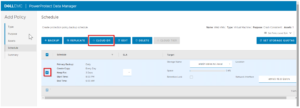
At this stage, you can select existing Cloud DR SLA or create a new SLA. Creating new SLA is very simple.
Click on ‘Add’ button and specify necessary SLA as per your requirements.
I am using ‘Daily SLA’ created as per below screen.
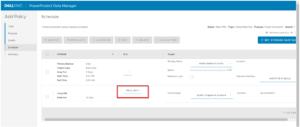
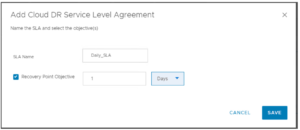
On the review page, notice Cloud DR Target and its location is displayed. Click finish to create the policy.
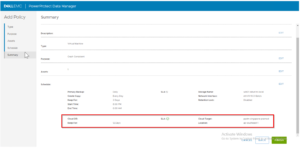
The PPDM job is created to configure new policy.

Notice setting up Protection policy is completed successfully.
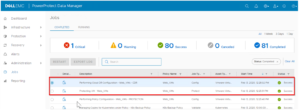
Once the Policy is created, the protection job will trigger based on schedule defined into the Policy.
If you want adhoc backup, you can select appropriate Asset configured into the Policy and click ‘Backup Now’.
Next part of this blog series, I will cover Recovery using PPDM.
Hope you enjoyed this post, I’d be very grateful if you’d help sharing it on Social Media. Thank you!
